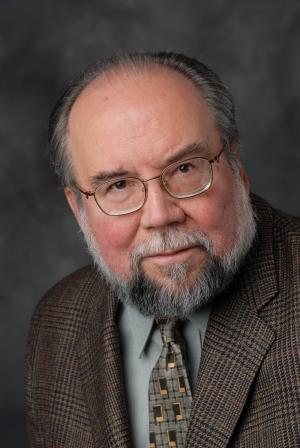
James M. Flammang, author of 30 books (including
six for children), is at work on several more,
including the title described below.
An independent journalist since the 1980s, Flammang
specialized in the automobile business. During
2016, he turned away from cars and into more vital
topics: work/labor, consumer concerns, and especially,
the emerging outrages of the Trump administration. His
website, Tirekicking Today (tirekick.com) has been
online since 1995.
Fraidy Cat
Surviving a lifetime of unwarranted fear
by James M. Flammang
Chapter 5
Doctor, No! Addiction makes matters worse (excerpt)
Not long before my voluntary hospitalization, a private psychiatrist, whom I'd seen briefly, had recommended shock treatments. Possibly insulin shock, if not electroshock. This was around 1960, and shock treatments were still commonly used to treat a variety of mental maladies.
Fortunately, that travesty did not come to pass. Helpful medications for psychoneurotic conditions were nearly nonexistent in the Fifties. The only prescription I was given by that first psychiatrist, seen as an outpatient, was Phenobarbital, if memory serves. Because its effects were barely noticeable, I struggled on for another couple of years, nervous and anxious at every moment, and enduring frequent bouts of panicky fright. “Panic attacks,” as they came to be known.
After release from the hospital in mid-1961, though, I spent the entire remainder of the Sixties gobbling down just about every form of tranquilizer on the market. Thorazine, Stellazine, Mellaril, Librium. All the big names, in big doses. One or two of them fell just short of putting me to sleep – yet had distressingly little effect on my anxieties and constant fears.
I was always surprised when people reported getting “high” on tranquilizers and other legally-prescribed medications of that era. Could they be joking? Since they seemed to be serious, I could only assume that these anti-anxiety pharmaceuticals differed greatly in their effect, hitting some users hard while others barely noticed any effect at all.
Tranquilizers were something new, prescribed freely for a broad spectrum of psychiatric troubles. Physicians hardly seemed to consider the prospect of addiction at that time; but for some patients taking them for a long period, addiction was what it amounted to. As we’ve seen most emphatically in recent times with the opioid crisis, drugs don’t have to be illegal to lead to addiction and all the accompanying tortures.
Alcoholism Can Start with the First Drink
Worse yet, just before turning 17 – a few months after graduating from high school – I took my first drink. And the second. And third. All in during the same overnight session, sitting in a car with a relative and her boyfriend, waiting to watch the sun come up.Those first few cans of beer led to further episodes of alcoholic-beverage consumption, whether with friends or, increasingly, alone. Before I knew it, I was an alcoholic, despite having vowed at a young age never to duplicate my father’s weakness in that area. By the time he passed away at age 52, having acquired pancreatitis through a lifetime of excessive drinking, I was 21 years old and legally permitted to buy the personally-toxic substances that I’d been consuming regularly (illicitly) for the previous four years.
Plenty of alcoholics report that they began drinking at far earlier ages, of course: often while in grade school, or early high school. Then, as now, quite a few young teenagers discovered a liking for alcohol long before reaching legal drinking age. ...
Note: This chapter is intentionally incomplete at this point, intended to serve as a sample.
Click here for Chapter Outline and Summary of Fraidy Cat
Click here for excerpt from Chapter 1 - Childhood Frights: Fear starts early
Click here for excerpt from Chapter 3 - Sex Is Where It Starts